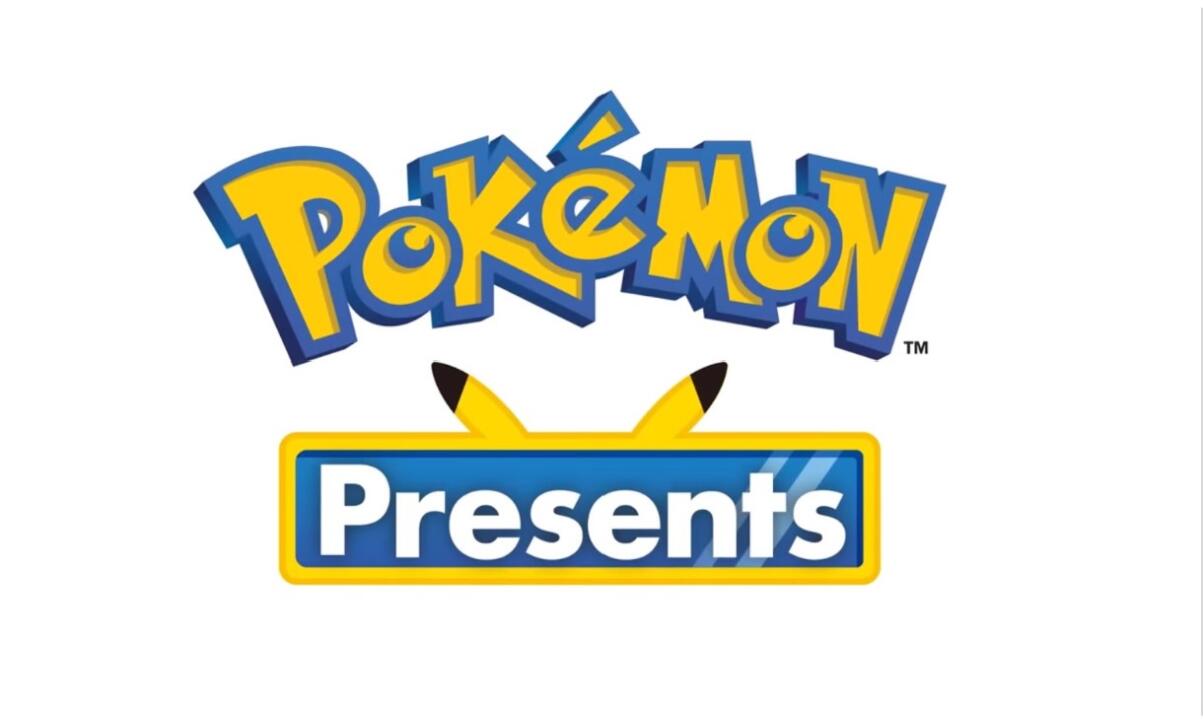If you are a college student, chances are you have already run into the term mindfulness at least a few times. Defined quite simply as “a state of active, open attention to the present,” many tout mindfulness as an all-encompassing anxiety alleviator, a new and balanced way to combat many of the stressors which arise from day-to-day living.
The popularity of this concept, as well as the rise of public interest in activities such as meditation and yoga, just goes to show how beneficial these concepts are for 21st-century living. Mindfulness and its adjacent practices have become hot commodities amid the pandemic, and in the information age, the occasional calm respite is more necessity than luxury.
Mindfulness as a philosophical concept is rather pervasive in contemporary culture, provided you know where to look. You need only type something along the lines of “lo-fi hip hop relax jazz study beats 24 hours” into the YouTube search bar to be inundated with a deluge of livestreams, playlists and vaporwave remixes. The “lo-fi hip hop anime girl” is practically an idol for overworked, overcaffeinated college students, and her popularity is indicative of a greater overall push for soothing content.
These videos are nearly diegetic in nature with dusty beats and somnambulic reverb lulling the listener into a stupor. Quite often, these tracks, which meld seamlessly into one another, are covered by the thin pitter-patter of rainfall. Vocals are rare, and if they are present at all, they never take the focus. In many ways, these playlists attempt to provide the sense of calm clarity that mindfulness is said to provide; they serve more as sonic spaces than songs and one may place as much or as little focus on them as they wish.
Another cultural phenomenon that has come into the spotlight recently is the sudden rise of ASMR content on YouTube. These videos scratch a similar itch as the above-mentioned playlists but to a much deeper and more personalized extent. Your average ASMR video can be anything from nails running along a microphone to the tapping of keyboard keys to elaborately produced, fully acted set pieces. The only thing that unites all of these disparate elements is the general pursuit of centered, unworried clarity.
From an outside perspective, it may seem a little odd that so many people get such a feeling of release from such simple sounds, but to anyone familiar with mindfulness, it should come as no surprise. In day-to-day living, mindfulness is quite rare, and seeing such concentrated attempts at distilling these sensations is, perhaps, to be expected.
Elsewhere, mindfulness is offered in more direct, more conventional forms. With 721k ratings and an average score of 4.9 stars on the iPhone app store, the meditation app Headspace is currently one of the most popular health and fitness-related apps on the market, and understandably so. With a premium subscription, the app offers an eclectic mix of mindfulness-based activities from guided meditation to bedtime playlists to even a podcast hosted by comedian Kevin Hart (yes, you read that right).
In its own way, the Headspace app is a culmination of the ideas surrounding mindfulness, and its sudden popularity only seems natural after a full year spent inside. The vast majority of this content is hidden behind a subscription-based paywall. Unfortunately, it is all too easy for mental health resources to become sources of capital, and this highlights the importance of keeping such resources accessible.
Mindfulness has become a critical part of the mental health lexicon in recent years, yet it is still important to highlight exactly when, where and how such resources may be utilized. The examples given above are only a few among many others, including those offered at UMBC. As the 2021 spring semester starts in full swing, it is always good to take an inventory of the ways in which a person may get the help they need, and the newfound mindfulness craze is sorely needed.


